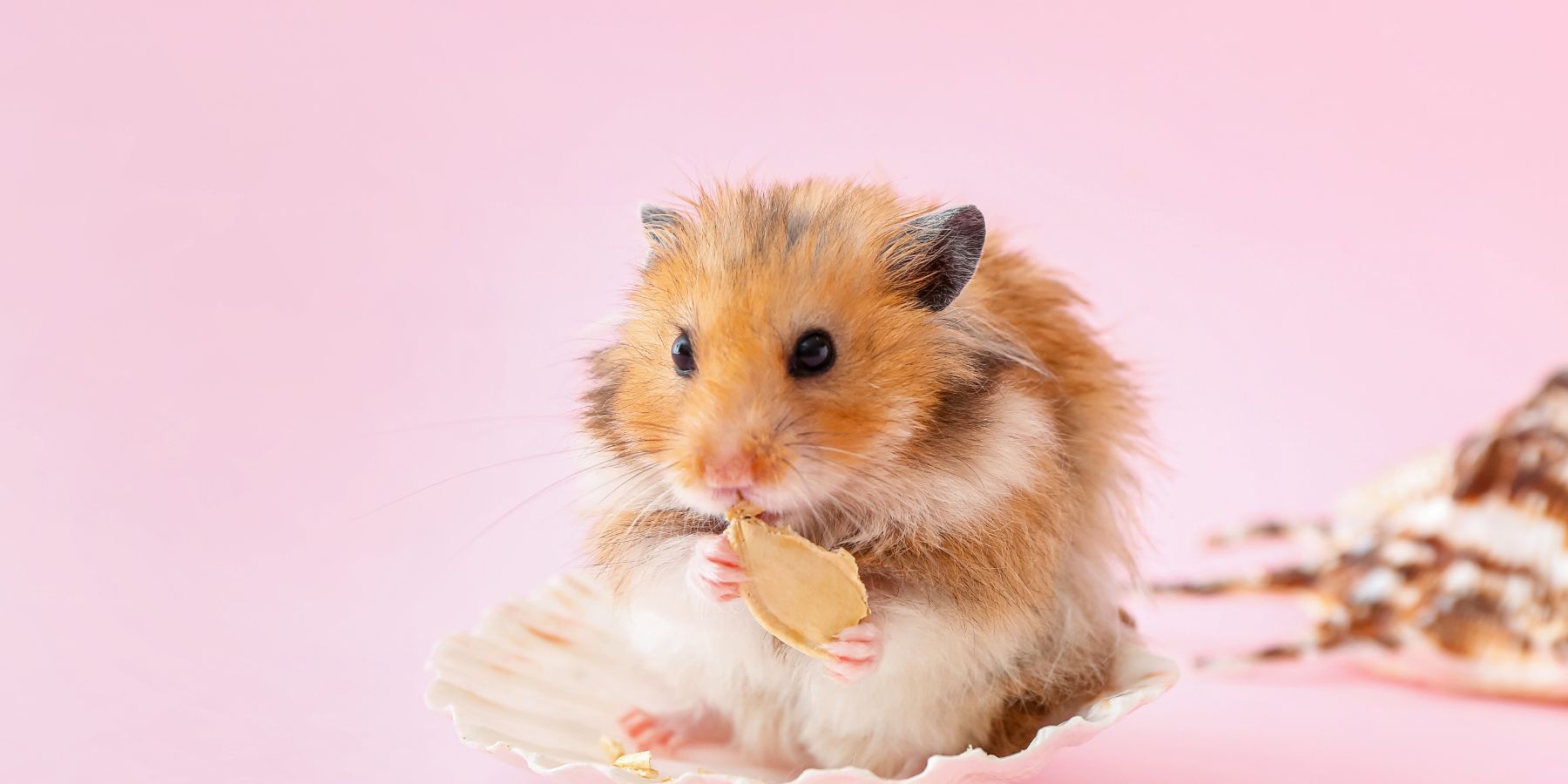Feeding your hamster the right foods is key to their health and happiness. This guide will explore what foods are safe and beneficial for hamsters and highlight those that should be avoided.
Understanding Hamster Nutrition
Hamsters are omnivores and require a diet that includes a variety of foods for balanced nutrition.
Key Components of a Hamster’s Diet
Hamster Pellets: Form the basis of their diet.
Fresh Fruits and Vegetables: Offered in moderation.
Proteins: Such as lean meats, boiled eggs, or mealworms.
Foods to Avoid
Harmful Foods: Avoid citrus fruits, onions, chocolate, candy, and spicy or seasoned foods.
Safe and Healthy Food Choices
Recommended Fresh Foods
Vegetables: Carrots, cucumbers, broccoli.
Fruits: Apples (seedless), pears, berries.
Can Hamsters Eat Bread?
Bread in Moderation: Hamsters can eat small amounts of plain, whole-grain bread. It should be given sparingly as a treat and not a regular part of their diet.
Avoid White or Flavored Bread: These can contain sugar and chemicals that are harmful to hamsters.
Portion Control and Frequency
Moderation: Fresh foods should be less than 10% of their diet.
Regular Feeding Schedule: Feed once or twice a day, removing uneaten fresh food.
Foods to Avoid
Toxic and Dangerous Foods
Toxic Foods: Almonds, garlic, raw beans, and potatoes.
Unhealthy Treats
Sugary and High-Fat Foods: Avoid pastries, chips, and sugary cereals.
Feeding Practices for a Healthy Hamster
Safe Treat Handling
Wash Fresh Foods: Remove pesticides or chemicals.
Small Pieces: Prevents choking.
Monitoring Your Hamster’s Diet
Allergic Reactions: Look for any adverse reactions.
Balanced Diet: Keep the diet varied and balanced.
Conclusion
A balanced diet is crucial for your hamster’s health. While hamster pellets should form the majority of their diet, you can supplement it with fresh fruits, vegetables, proteins, and occasionally, small pieces of whole grain bread. Steer clear of harmful and unhealthy foods to ensure your pet’s well-being.
